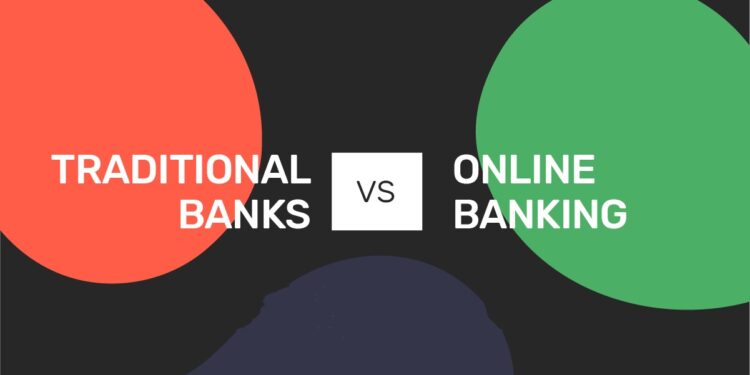In recent years, the traditional banking sector has seen unprecedented profitability, often at the expense of its customers. This trend is epitomized by Swedbank, which saw its profits soar from SEK 34 billion in 2022 to SEK 44 billion in 2023. Such figures stand in stark contrast to the financial hardships faced by ordinary people, exemplified by a single mother in central Sweden whose housing costs doubled from SEK 7,000 to SEK 16,000 during the same period. The stark disparity highlights the urgent need for alternative banking solutions, such as digital and neobanking, which promise to deliver more equitable financial services.
Traditional banks have long been criticized for prioritizing shareholder dividends over customer welfare. The massive profits recorded by Swedbank and similar institutions are often driven by high fees, low savings interest rates, and increased loan interest rates. These practices exacerbate the financial strain on consumers, especially during periods of economic instability or rising living costs. The example of skyrocketing housing expenses in Sweden underscores how traditional banks can indirectly contribute to economic inequality by prioritizing their bottom line over customer affordability.
In response to these issues, digital and neobanks have emerged as viable alternatives, aiming to democratize financial services and provide more customer-centric banking experiences. Unlike traditional banks, neobanks operate primarily online, significantly reducing overhead costs associated with physical branches. These savings are often passed on to customers in the form of lower fees, higher savings interest rates, and more competitive loan terms. For the single mother in central Sweden, such benefits could mean the difference between financial strain and stability.
Moreover, digital banks leverage advanced technology to enhance user experience and accessibility. Features such as real-time spending notifications, budgeting tools, and seamless international transactions empower customers to manage their finances more effectively. For many, particularly younger generations and tech-savvy individuals, these innovations offer a more appealing and efficient alternative to the often cumbersome and opaque practices of traditional banks.
The rise of digital and neobanking also introduces healthy competition into the financial sector, potentially driving traditional banks to reform their practices. As consumers increasingly seek out alternatives that offer transparency, lower costs, and better service, traditional banks may be compelled to adapt, fostering a more balanced and fair financial ecosystem.
In conclusion, the substantial profits recorded by traditional banks like Swedbank highlight a growing disconnect between financial institutions and their customers’ needs. Digital and neobanks represent a necessary evolution in the banking industry, providing a much-needed counterbalance to the profit-driven models of conventional banks. By embracing these modern alternatives, consumers can hope for a more equitable and customer-focused future in banking.
newshub


Recent Comments